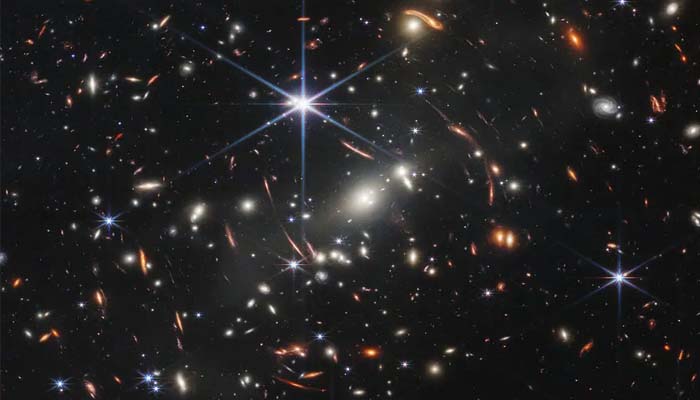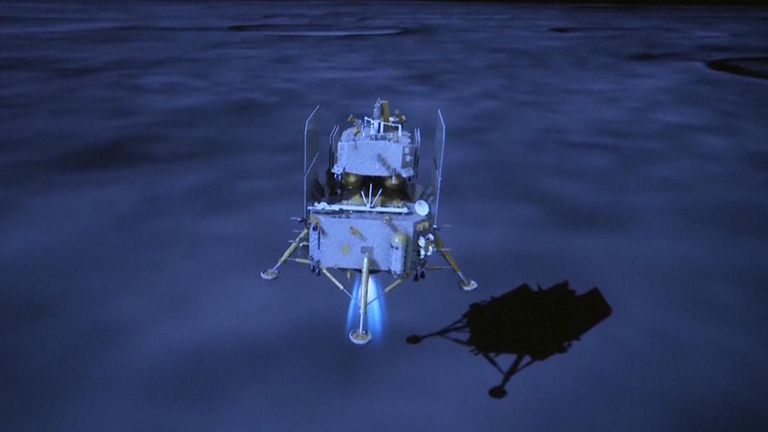Editorials & Articles : 3 June 2024
Counting the postal ballot
)
Postal Ballot
- Postal voting (absentee voting): Electors cast ballots by mail instead of at a polling station.
- Useful for: Individuals unable to vote in person due to various reasons (e.g., away from home constituency, disability, essential services on election day).
Eligibility for Postal Voting
- Service voters: Members of armed forces, paramilitary forces, and government employees on election duty away from home.
- Absentee voters: Individuals away from home constituency for work, illness, or disability.
- Electors on election duty: Government officials and polling staff at different stations.
- Electors under preventive detention: Individuals detained under preventive custody orders during election period.
- During Covid pandemic:
- Extended to those infected or suspected to be infected with coronavirus.
- Initially recommended for those above 65 years, but not implemented due to practicality.
- Eligibility age adjusted back to 80 years in August 2023 and then raised to 85 years in March 2024.
Background: Counting the Postal Ballot
- Till 2019 LS elections: Counting of postal ballots first, EVM counting 30 minutes later, and EVM counting couldn’t finish before postal ballots were fully counted.
- Guidelines tweaked after 2019 LS election:
- Increase in postal ballots due to ETPBS and mandatory VVPAT slip counting.
- EVM counting now starts 30 minutes after postal ballot counting and continues regardless of postal ballot count stage.
- Rule for mandatory re-counting revised: Only invalid postal ballots re-verified if margin less than number of rejected ballots.
Postal Ballot – Statistics
- 2019 LS elections: 22.71 lakh postal ballots received (0.37% of total 60.76 crore valid votes).
- Expected increase in postal ballots for current elections.
Concerns Raised by Opposition Parties on New Guidelines
- Rule 54A of the Conduct of Elections Rules, 1961: Returning officers shall first deal with postal ballot papers.
- Opposition’s view: EC’s 2019 directive undermines section 54A of 1961 Rules.
- 2020 Bihar elections example:
- Postal ballots counted at end of EVM vote counting.
- Raised concerns due to 52,000 postal ballots with a winning margin of 12,700 votes.
- Potential impact on transparency and fairness perceived, especially with narrow winning margins.
James Webb Space Telescope Spots Earliest-Known Galaxy

James Webb Space Telescope (JWST)
- Basics:
- Large, space-based observatory launched by NASA in December 2021.
- Optimized for infrared wavelengths.
- Complements and extends discoveries of the Hubble Space Telescope.
- Longer wavelength coverage and improved sensitivity compared to Hubble.
- Objectives:
- Look further back in time to find the first galaxies formed in the early Universe.
- Study inside dust clouds where stars and planetary systems are forming.
- Study Solar System planets (Mars, Jupiter, Saturn, Uranus, Neptune) and their satellites.
- Study comets, asteroids, and minor planets beyond Mars’s orbit.
- Components:
- Four scientific instruments:
- Near-Infrared Camera
- Near-Infrared Spectrograph
- Mid-Infrared Instrument
- Near-Infrared Imager and Slitless Spectrograph
- Larger primary mirror (2.5 times larger than Hubble’s).
- Infrared instruments to study earliest galaxies and compare them to today’s galaxies.
- Data transmission via high-frequency radio transmitter and large radio antenna.
- Four scientific instruments:
- Launch Vehicle:
- Ariane 5 rocket of European Space Agency (ESA).
- Budget:
- USD 10 Billion.
- Orbit:
- Orbits around the second Lagrange (L2) point, about 1.5 million km from Earth.
- Takes about a month to reach this distance.
- Lagrange points are positions in the solar system where gravitational pulls between the Sun and a planet are balanced (five such points).
- Life of Telescope:
- Designed mission lifetime: minimum 5-1/2 years, goal greater than 10 years.
James Webb Space Telescope Spots Earliest-Known Galaxy
- Discovery:
- JWST discovered the galaxy JADES-GS-z14-10.
- Dates back to 290 million years after the Big Bang (13.8 billion years ago).
- Most ancient galaxy yet observed.
- Redshift Value:
- Distance calculated by examining redshift value.
- Redshift: Light waves stretched as they move through space due to universe expansion.
- Moves light toward the infrared region of the electromagnetic spectrum.
- JWST’s instrumentation designed to examine redshifted light from distant galaxies.
- Significance:
- Helps astronomers study the “Cosmic Dawn,” the period when the first galaxies were born.
Why is the JADES-GS-z14-10 Galaxy So Bright?
- Hypotheses:
- Initially attributed to supermassive black holes consuming material.
- Ruled out as light is spread over a wider area than expected from black hole activity.
- Could be due to more stars than expected in these galaxies.
- Stars in these galaxies might be brighter than stars found today.
- Initially attributed to supermassive black holes consuming material.
China’s Chang’e-6 mission to the far side of the Moon

Exploration of the Far Side of the Moon
- Far side referred to as the dark side:
- Often called the dark side because it cannot be seen from Earth, though it does receive sunlight.
- The Moon is tidally locked with Earth, so only one side (near side) is visible from Earth.
- Far side is very different from the near side:
- Thicker crust, more craters, and fewer maria (plains where lava once flowed).
- Potential to provide insights about the origin and evolution of the Moon:
- Examining far side samples can help solve mysteries about the Moon’s origin and evolution.
- Provides answers to why the far side is different from the near side.
- Why scientists are keen on exploring the far side:
- Unexplored Terrain: Offers new opportunities for discovery.
- Geological Differences: Understand differences in geology between near and far sides.
- Impact History: Better record of the solar system’s impact history due to more craters.
- Space Weathering: Study how space weathering processes differ.
- Radio Astronomy: Ideal for observations due to shielding from Earth’s radio noise.
- Resources: Potentially contains minerals and water ice useful for future missions and colonization.
Chang’e-6 Mission
- About:
- 53-day-long mission.
- Mission’s orbiter will circle the Moon while the lander descends into the South Pole-Aitken basin.
- Sample collection:
- Collects samples through scooping and drilling.
- Lander launches an ascent vehicle to transfer samples to the orbiter’s service module.
- Service module returns samples to Earth.
Significance of the Chang’e-6 Mission
- Only country to achieve soft landing on the far side of the Moon:
- China achieved the first soft-landing on the far side with the Chang’e-4 mission in 2019.
- Chang’e-6 marks the second successful soft-landing on the far side by China.
- No other country has achieved this.
- Part of a growing rivalry with the US and other nations:
- China aims to put a person on the moon before 2030.
- Would make China the second nation after the US to achieve this.
- Technological prowess:
- Missions to the far side are more difficult due to communication challenges.
- Requires a relay satellite to maintain communications.
- Rugged terrain with fewer flat areas to land.




